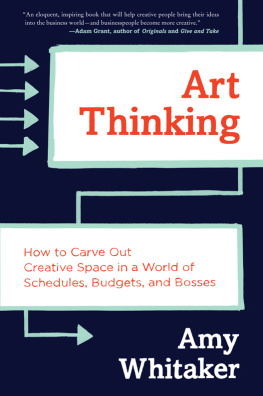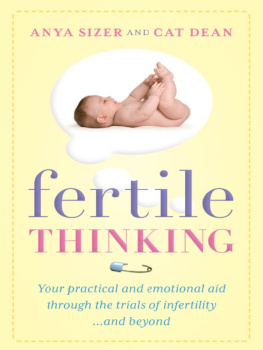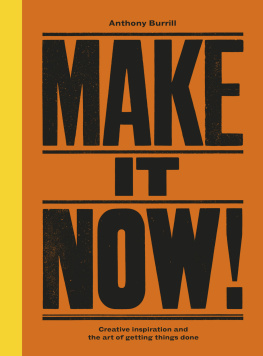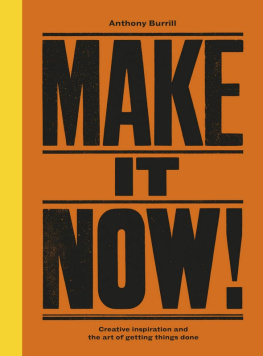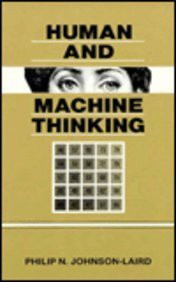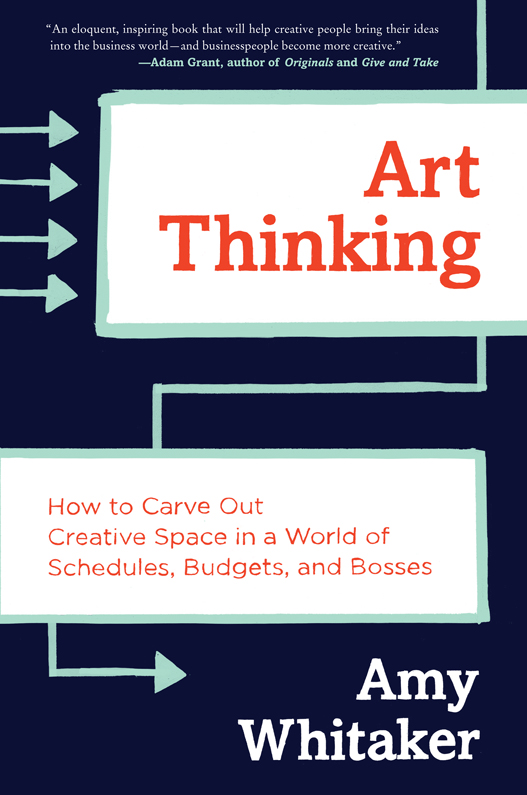Amy Whitaker - Art Thinking: How to Carve Out Creative Space in a World of Schedules, Budgets, and Bosses
Here you can read online Amy Whitaker - Art Thinking: How to Carve Out Creative Space in a World of Schedules, Budgets, and Bosses full text of the book (entire story) in english for free. Download pdf and epub, get meaning, cover and reviews about this ebook. year: 2016, publisher: HarperCollins, genre: Romance novel. Description of the work, (preface) as well as reviews are available. Best literature library LitArk.com created for fans of good reading and offers a wide selection of genres:
Romance novel
Science fiction
Adventure
Detective
Science
History
Home and family
Prose
Art
Politics
Computer
Non-fiction
Religion
Business
Children
Humor
Choose a favorite category and find really read worthwhile books. Enjoy immersion in the world of imagination, feel the emotions of the characters or learn something new for yourself, make an fascinating discovery.
- Book:Art Thinking: How to Carve Out Creative Space in a World of Schedules, Budgets, and Bosses
- Author:
- Publisher:HarperCollins
- Genre:
- Year:2016
- Rating:4 / 5
- Favourites:Add to favourites
- Your mark:
Art Thinking: How to Carve Out Creative Space in a World of Schedules, Budgets, and Bosses: summary, description and annotation
We offer to read an annotation, description, summary or preface (depends on what the author of the book "Art Thinking: How to Carve Out Creative Space in a World of Schedules, Budgets, and Bosses" wrote himself). If you haven't found the necessary information about the book — write in the comments, we will try to find it.
An indispensable and inspiring guide to creativity in the workplace and beyond, drawing on art, psychology, science, sports, law, business, and technology to help you land big ideas in the practical world.
Anyone from CEO to freelancer knows how hard it is to think big, let alone follow up, while under pressure to get things done. Art Thinking offers practical principles, inspiration, and a healthy dose of pragmatism to help you navigate the difficulties of balancing creative thinking with driving toward results.
With an MBA and an MFA, Amy Whitaker, an entrepreneur-in-residence at the New Museum Incubator, draws on stories of athletes, managers, writers, scientists, entrepreneurs, and even artists to engage you in the process of art thinking. If you are making a work of art in any field, you arent going from point A to point B. You are inventing point B.
Art Thinking combines the mind-sets of art and the tools of business to protect space for open-ended exploration and manage risks on your way to success. Art Thinking takes you from Wouldnt it be cool if . . . ? to realizing your highest aims, helping you build creative skills you can apply across all facets of business and life. Warm, honest, and unexpected, Art Thinking will help you reimagine your work and lifeand even change the worldwhile enjoying the journey from point A.
Art Thinking features 60 line drawings throughout.
Amy Whitaker: author's other books
Who wrote Art Thinking: How to Carve Out Creative Space in a World of Schedules, Budgets, and Bosses? Find out the surname, the name of the author of the book and a list of all author's works by series.

